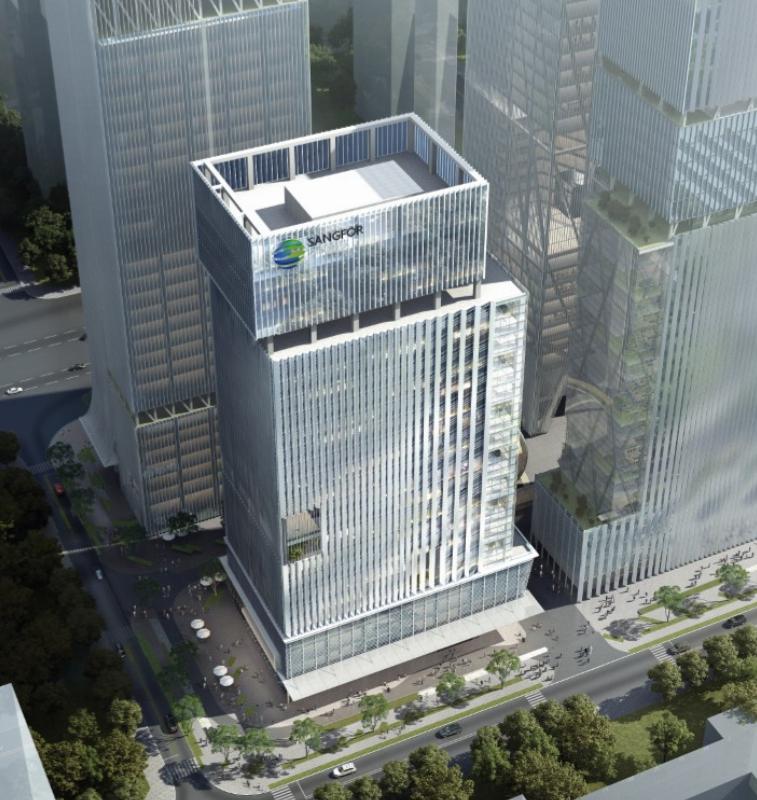Shiny plastic stools, bamboo fans, woks and nylon cord all hang in open shop doors, framed by racks of brightly packaged snacks and barely cooled drinks. Endless streets of faucet fixtures, paint chips, window treatments and boutique furniture.
Fresh meat hanging on hooks or slung over metal rods neighbor import foodstuff, eyewear and mobile phone stores. Men slide clanging metal racks across the front of a dry-cleaning business, while wives carefully watch the attached shop and the television on the counter as aged parents hang laundry from the upstairs windows.
Asia’s charm is in its diversification. It’s inbred into survival of a culture historically dependent on weather patterns and crop rotation schedules. And now it’s apparent in its multi-national corporations, manufacturing plants and glamourous shopping centers. It’s diversif-Asia.
Diversification Reconsidered authors Peter Frumkin and Elizabeth Keating noted, "Business and non-profit researchers have long argued that by establishing and maintaining multiple streams of funding… organizations are able to avoid excessive dependence on any single revenue source, stabilize their financial positions, and thereby reduce the risk of financial crises." There are successes and failures, and a million different ways to diversify based on a million factors. A BDC study on diversification of 1,000 SMB’s in Canada notes:
- Even modestly diversified businesses tend to perform at a higher level than businesses of corresponding size and industry.
- Multi-tiered diversification based on elements like customers, product, sector or location tend to see financial growth.
- Diversified SMB’s experience faster revenue and profit growth.
- The success of diversification is unrelated to the maturity of the company, with younger companies performing on the same level as their older counterparts and vis versa.
APAC hit a milestone in 2018 with the proportion of Asian-based SMEs exporting outside Asia exceeded the number remaining in-region, up by 254%. Trade accounts for 53% of export revenue. China, Malaysia and Vietnam lead the way – but not by much. 82% of APAC SMEs are using e-commerce and expect a 64% increase in the upcoming year. 58% of APAC SMEs are using e-commerce to discover new export opportunities.
The statistics are as endless and indisputable as the inevitability of regional growth. But how does APAC prepare for the upcoming surge in business opportunity? It leverages technology.
IT managers must now supply steady connections to distant users and branches. They lose control over elements of their ever expanding cloud data systems. They strive to keep pace with increasingly sophisticated customers who demand a lot from their network services. They struggle to determine ROI as their data and systems grow more complex and expansive. The traditional data center infrastructure and operations are simply not feasible options anymore, and there are certain steps one must follow to leverage technology to build a successful business:
- Build an infrastructure to align with your future business objectives.
- Gain a full understanding of IT capabilities and how to fill the knowledge gaps.
- Become aware of potential threats and anticipate your capability to respond as opposed to your ideal response scenario.
- Get comfortable with the fact that your thinking will need to upgrade along with your technology – and often.
In this 5 part series, we will explore the roadmap to SMB growth and diversification in all its forms, through technological innovation and the APAC lens. Part 2 will detail how to build an infrastructure to align with your future business objectives. The opportunities for growth has never been closer. Sangfor will take you there.
Why Sangfor?
Founded in 2000 and a publicly traded company as of 2018 (SANGFOR STOCK CODE: 300454 (CH)), Sangfor Technologies is an APAC-based, global leading vendor of IT infrastructure solutions specializing in Network Security and Cloud Computing. Visit us at www.sangfor.com to learn more about on how to make your IT simpler, more secure and more valuable.





